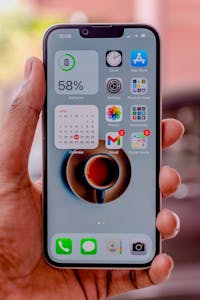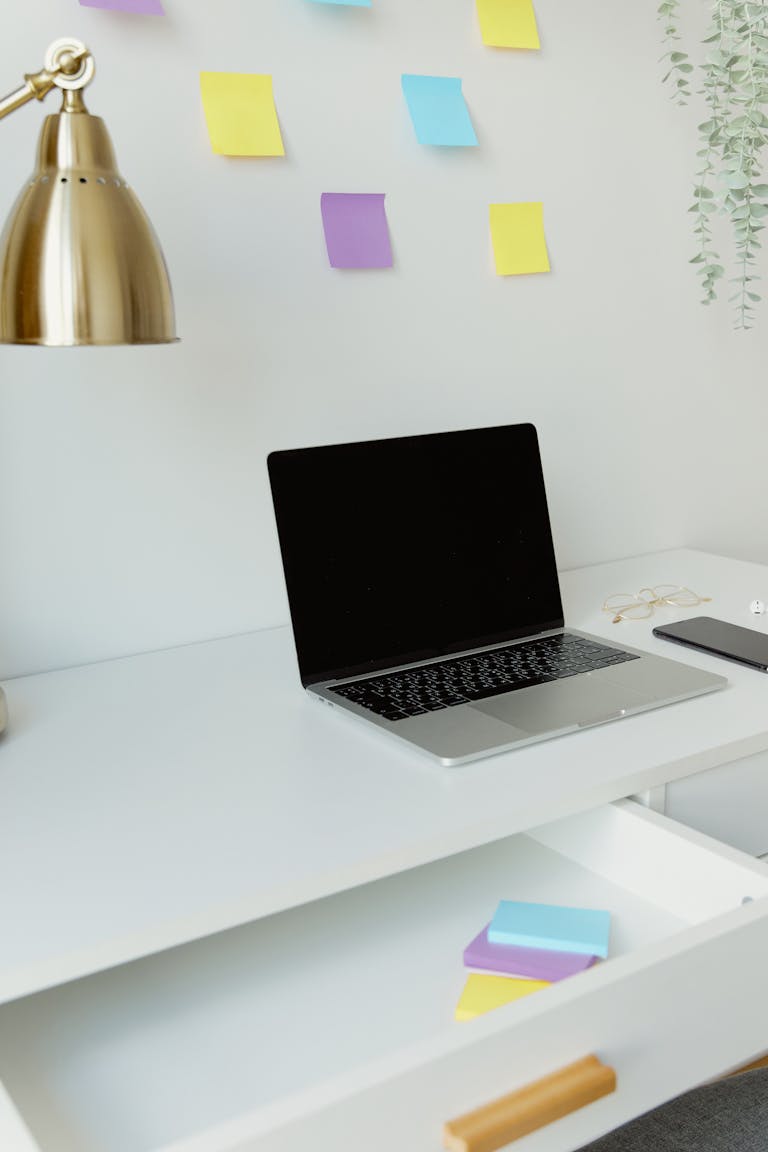Introduction
Your smartphone can be your best friend—or your biggest enemy. For many of us, it’s a source of constant interruptions, stress, and wasted time. But the problem isn’t the phone itself—it’s how we use it. With a few intentional tweaks, you can transform your phone into a tool that helps you focus, organize, and thrive.

1. Audit Your Home Screen
The apps you see first shape your behavior:
- Remove time-wasting apps from the home screen.
- Replace them with apps that serve your goals (calendar, notes, meditation).
- Group all social media and games into a separate folder on the last screen.
2. Use Focus or Do Not Disturb Modes
Modern smartphones come with features designed to help you concentrate:
- Set daily “Do Not Disturb” hours, especially during work or family time.
- Use app timers or Focus modes to block distractions.
- Customize notifications—do you really need alerts from 20 apps?
3. Turn Your Phone into a Learning Hub
Instead of scrolling endlessly, fill your phone with purposeful apps:
- Audiobooks, podcasts, language learning, and educational YouTube channels.
- Set up widgets that display a word of the day, quotes, or mindfulness prompts.
4. Use Calendar and Reminder Tools Wisely
Your smartphone can become your external brain:
- Schedule tasks and routines using your calendar.
- Set reminders for water breaks, exercise, or gratitude journaling.
- Color-code events to visually balance work and personal time.
5. Install Mindful Use Trackers
Awareness is the first step to change:
- Apps like Digital Wellbeing (Android) or Screen Time (iOS) give insight into your habits.
- Set realistic goals to cut down screen time and track your progress weekly.
6. Customize Alerts for Peace of Mind
Avoid the dopamine trap of constant pings:
- Turn off badge icons and vibration for non-essential apps.
- Limit notifications to high-priority apps (calls, texts, calendar).
7. Set Boundaries with Physical Placement
Out of sight, out of mind works—even for phones:
- Leave your phone outside the bedroom or face-down while working.
- Use a real alarm clock instead of your phone at night.
- Try placing your phone in grayscale mode to reduce its addictive visual appeal.
Q1: Should I delete all social media apps?
Not necessarily. Try limiting access to them by logging out or scheduling specific check-in times.
Q2: What’s the best way to reduce screen time without going cold turkey?
Start by using screen time tracking apps and set usage limits gradually.
Q3: Are there specific apps that help with mindful phone use?
Yes—apps like Forest, Freedom, and Digital Wellbeing can help you stay focused.
Q4: Can a smartphone still be productive without internet access?
Absolutely—offline features like notes, music, camera, and reminders still keep you organized.
Your smartphone shouldn’t control you—it should empower you. Try implementing just two of these strategies today and notice how much more in control and calm you feel.

I’m EKBAL HOSSAIN MONDAL, the creator of SmartSolveTips.com — a blog dedicated to helping people improve productivity, avoid digital burnout, and live better online. With years of hands-on experience in self-development and digital wellness, I write practical tips and tools to help you stay focused and thrive in a fast-paced digital world.






